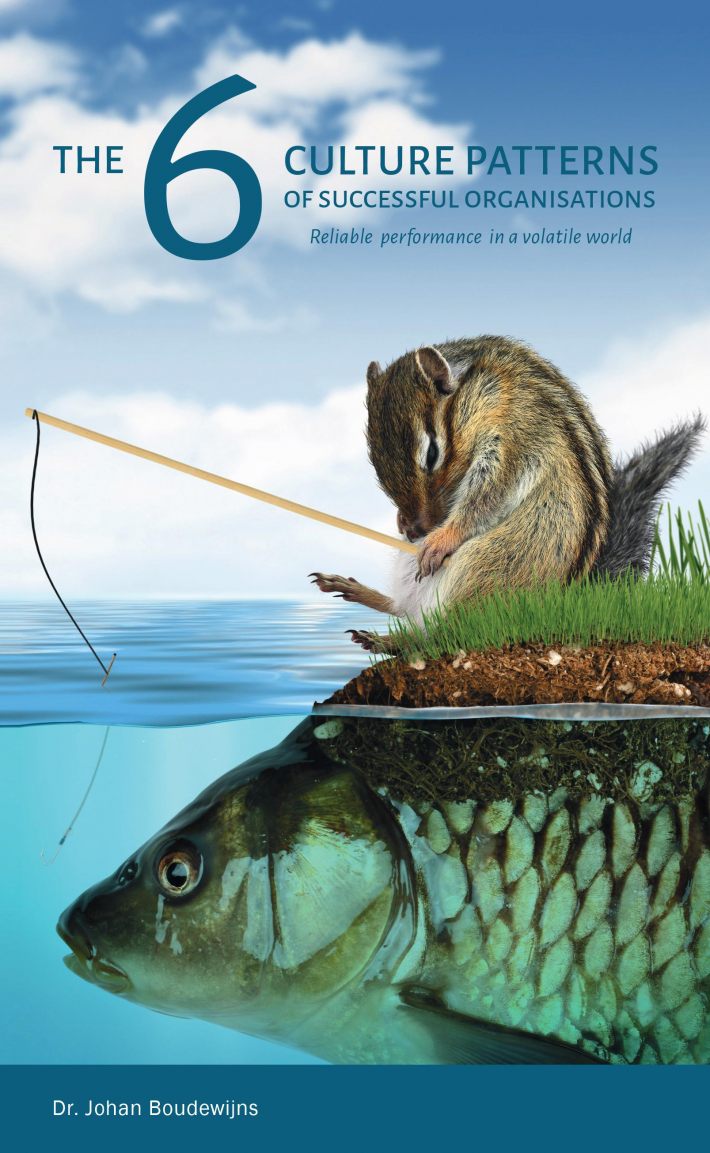dit werk kent de volgende uitvoeringen
E-book (epub)
ISBN9789081064170
verschijningsdatum17/12/2019
verschijningsdatum17/12/2019

The current challenge of organisations and leaders: reliable performance in a more volatile and demanding world we have ever seen. Organisations which are able to perform reliable appear to have similar culture patterns. Part 1 describes the 6 culture patterns and their origin: the best practice of High Reliability Organisations (HRO's). The 6 culture patterns make the organisation to: be internal in control, deliver added value to customers and be innovative (learn for it to have a future). Part 2 describes how the unwritten rules of the organisation explain the (possible) gap with the desired organisational culture. Part 3 is about how the 6 culture patterns can be ingrained in the organisational culture. Recommendations 'The approach described in this book is highly effective: in a short period of time, the whole set of unwritten rules had been revised' Acronius Hettinga, Director Manufacturing FrieslandCampina "Johan presented his initial work on the benefits and risks of unwritten rules at the first world-wide High Reliability Organization (HRO) conference. Now he has published his insights for the identification and use of unwritten rules to create and strengthen a learning culture, driving members to engage the unexpected, generate novel ideas, and innovate effective solutions. This raises HRO beyond the realm of the unexpected and crises to become a vital component for any organization that wants to adapt and thrive in the face of social change and economic adversity or volatility." Daved van Stralen, President HRO institute,educator HRO for medical services, National Security and Special forces,U.S.A. "The energy transition brings with it a lot of uncertainty and many challenges. The behavioural patterns of HROs help us, grid operators, to continue to perform reliably and continue to learn - even under these changing circumstances. This is experienced by our people in the field, but these behavioural patterns also keep us sharp in the board room." Judith Koole, COO Stedin Groep 'Practical experience requires solid ground. For the director, organiser and consultant, understanding is the core business. Understanding is impossible without sturdy, tested terms, without sturdy, tested theory. In this book, Johan Boudewijns is able to combine science and practice in an appealing way.' Prof. Dr. Paul Hendriks, Radboud University, dean of the Management Science Faculty. "In my board and management functions I have encountered all the forms of make-believe control described by Johan in his book. We have the tendency to navigate on the basis of data that are not very reliable and he makes this clear (sometimes in a painful way for a director) with examples that we can all recognise. Johan shows where the real grip can be found." Rob Coolen' "Johan lets science and practice go hand in hand."* Prof. Dr. Paul Hendriks, Radboud University, Dean Faculty of Management Sciences'